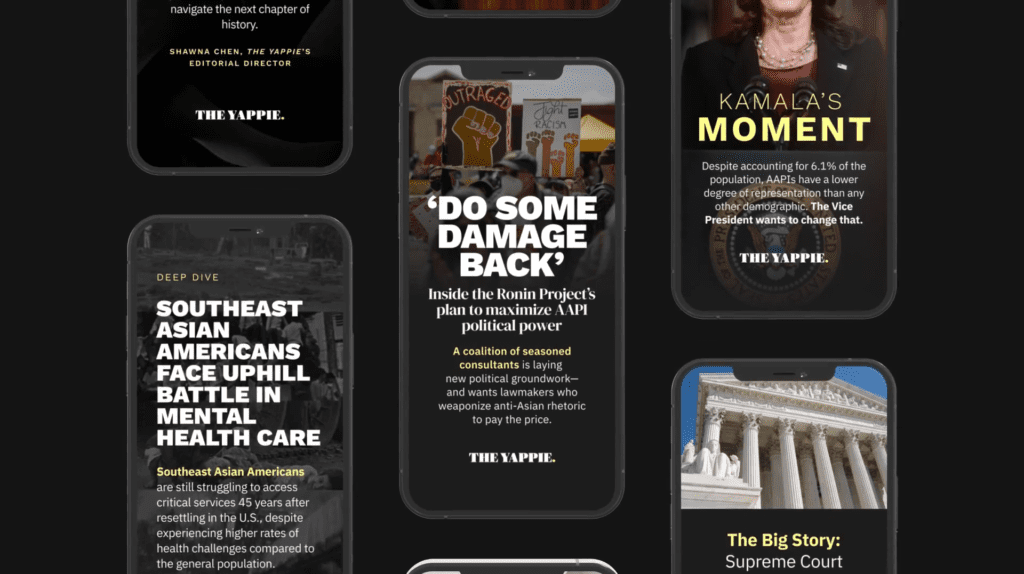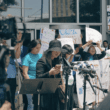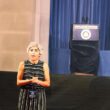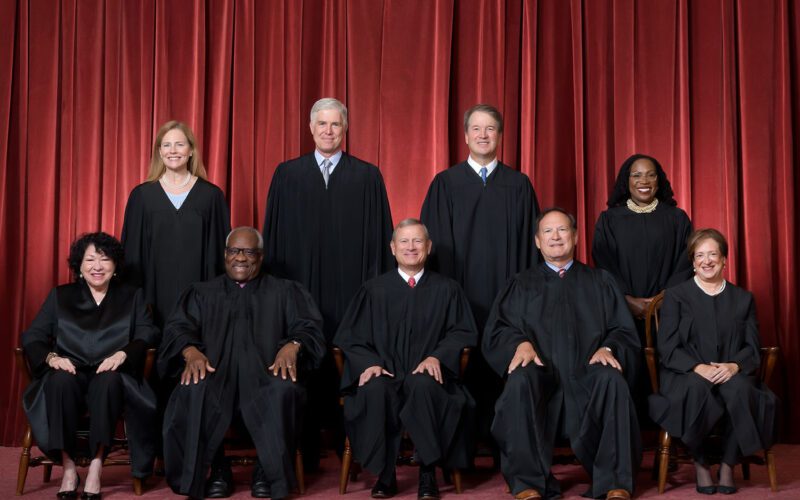Sign up here to receive The Yappie's weekly briefing on Asian American + Pacific Islander politics and support our work by making a donation.
The Supreme Court is poised to overturn decades of precedent that allow colleges to consider race in admissions. The majority conservative court appeared skeptical of the case for affirmative action during oral arguments last Monday. Here's what you need to know.
?️ The lawsuits in question: Led by conservative strategist Ed Blum, a group called Students for Fair Admissions sued Harvard University and the University of North Carolina alleging that the universities unfairly consider race in the admissions process—to the benefit of Black, Latino, and Native American applicants and the detriment of Asian or white applicants.
- Counterpoint: A 2022 study of the University of California, which is barred from considering race in admissions under state law, found that Filipino, Thai, Native Hawaiian/Pacific Islander, and Laotian students were admitted at below-average rates across the system’s nine campuses even though AAPIs in general were overrepresented. Many AAPI groups, such as Samoans and Chamorros, were underrepresented in the student populations, the study found.
- Education rates also vary greatly within the AAPI community. Almost three in four Indian Americans and over half of Japanese and Korean Americans aged 24 or older had at least a bachelor’s degree in 2019, while fewer than one in five of their Laotian, Hmong, and Cambodian counterparts had the same, USA Today’s Alia Wong writes.
Toplines from the bench: Justice Elena Kagan, who was nominated by former President Barack Obama (D) in 2010, said she was worried about a “decline in minority admissions” if the court were to rule against affirmative action in higher education. She described elite universities as “pipelines to leadership in our society.”
- The conservative justices appeared unmoved, however, questioning how long affirmative action would be allowed to continue in the bid for educational diversity—and whether it’s even necessary in the first place.
- They also highlighted the alleged harm to Asian American applicants in the Harvard case, where SFFA is arguing that the college discriminates against Asian American students by using subjective standards to determine ratings on personal character.
? For over four decades, the Supreme Court has upheld the constitutionality of affirmative action programs for universities to consider the race of applicants, as long as it is only one of many factors in admissions decisions.
- That could change next summer, when justices will likely finalize their opinions.
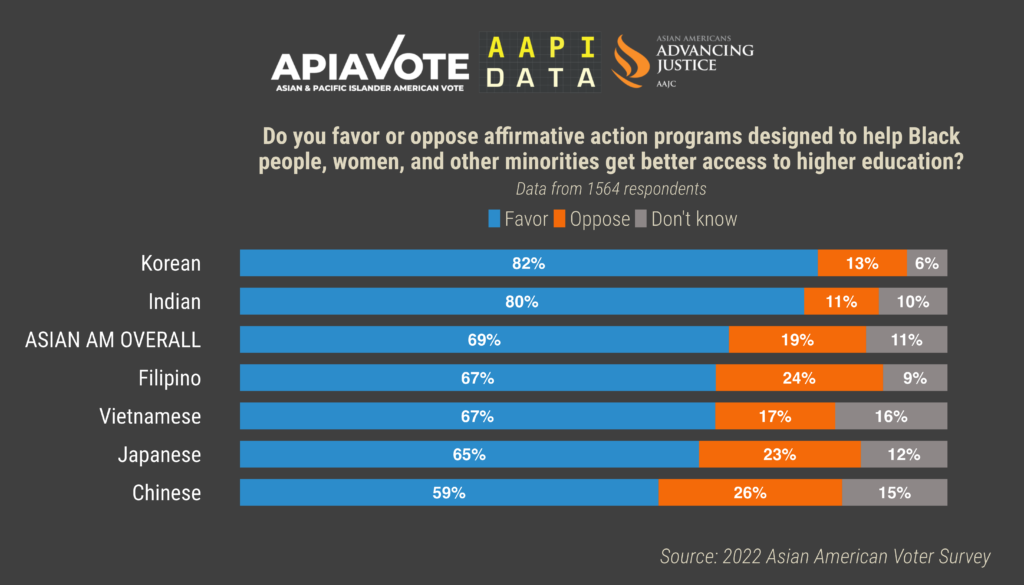

? The numbers: About 69% of Asian American registered voters favor “affirmative action policies designed to help Black people, women, and other minorities gain better access to higher education,” according to an August survey by AAPI Data.
- But in a Washington Post-Schar School poll conducted in October, 65% of Asian Americans said they’d support a Supreme Court decision that banned colleges and universities from “considering a student’s race and ethnicity when making decisions about student admissions.”
- Many have also pointed out that affirmative action and Harvard’s discriminatory use of ratings are two separate issues that shouldn’t be conflated.
In their words: “I don’t want to completely ban something and not have a solution,” Bhavik Patel, a 33-year-old Indian American student pursuing an advanced degree in pharmacy, told the Post. “It has to be a better solution than what the current process is.”
- “Too many AAPIs are locked out of education because of economic barriers—affirmative action helps AAPI students to achieve their goals,” Alvina Yeh, executive director of the Asian Pacific American Labor Alliance, said in a statement after an AAPI rally in defense of affirmative action last week.
- “Not only is the argument against affirmative action misleading—it also attempts to divide communities of color and harms millions of young AAPIs in the process.”
✍️ AAPIs’ role in building affirmative action: After a decades-long battle led by the Japanese American Citizens League and other AAPI groups fighting discriminatory employment practices post-World War II, fair employment practice laws were implemented across the U.S. and later led to affirmative action policies in recognition of the need for greater representation of minority groups, Ellen Wu writes for Slate.
- But over time, Asian Americans became increasingly perceived as “overrepresented,” which undercut their claims as a minority in wider U.S. society
Worth noting: In California, which banned affirmative action policies in 1996, top universities have shown clear disparities in attendance among AAPI ethnic groups. At UCLA, Hmong and Bangladeshi student applicants were admitted at rates 13% and 10% less than the overall average rate for all AAPIs, while Taiwanese applicants were admitted at a rate 8% higher, per 2010 UCLA admissions data.
This story appeared as "The Big Story" in The Yappie's Nov. 7, 2022 newsletter.
The Yappie is your must-read briefing on AAPI power, politics, and influence, fiscally sponsored by the Asian American Journalists Association. Make a donation, subscribe, and follow us on Twitter (@theyappie). Send tips and feedback to [email protected].




